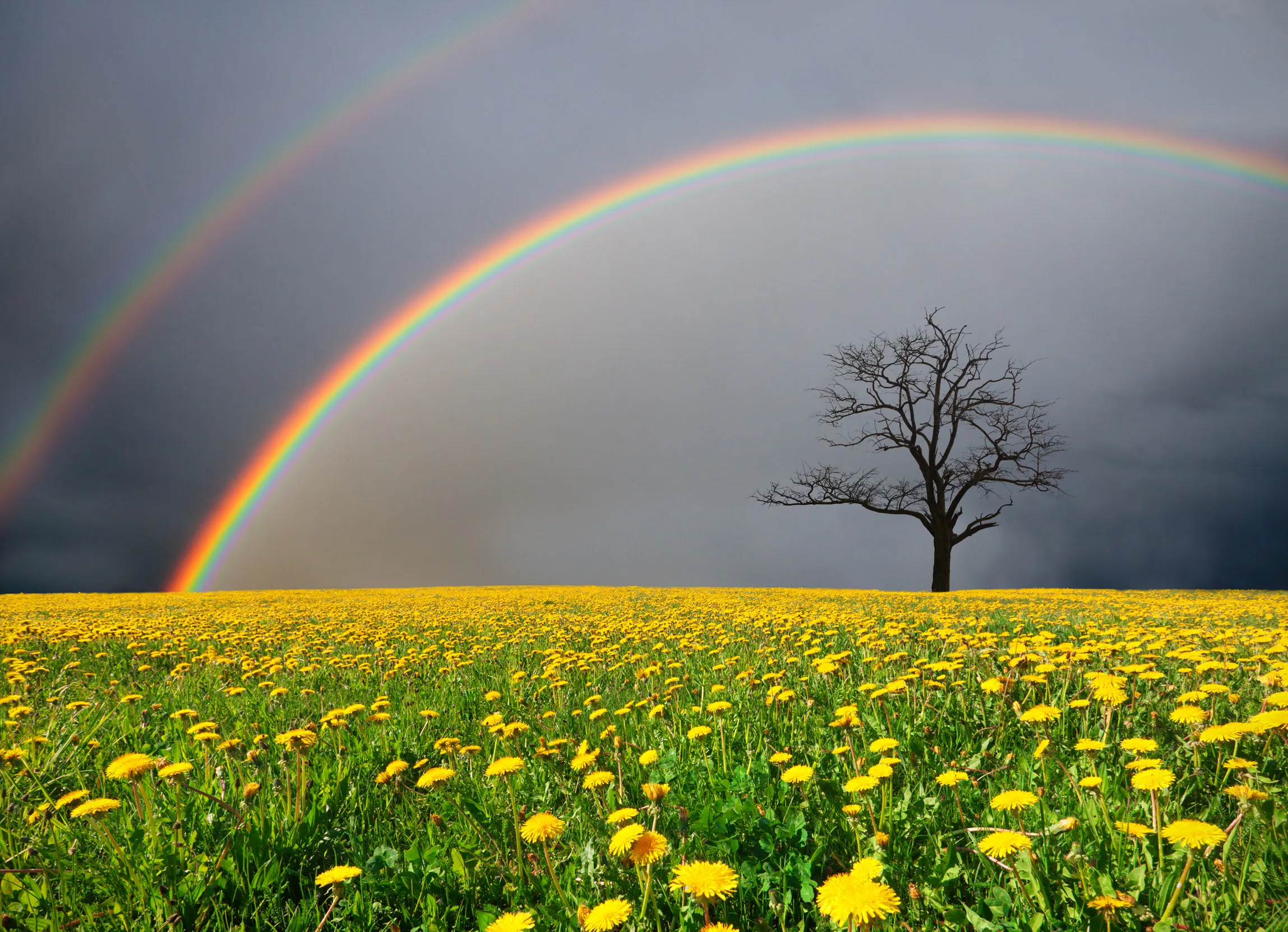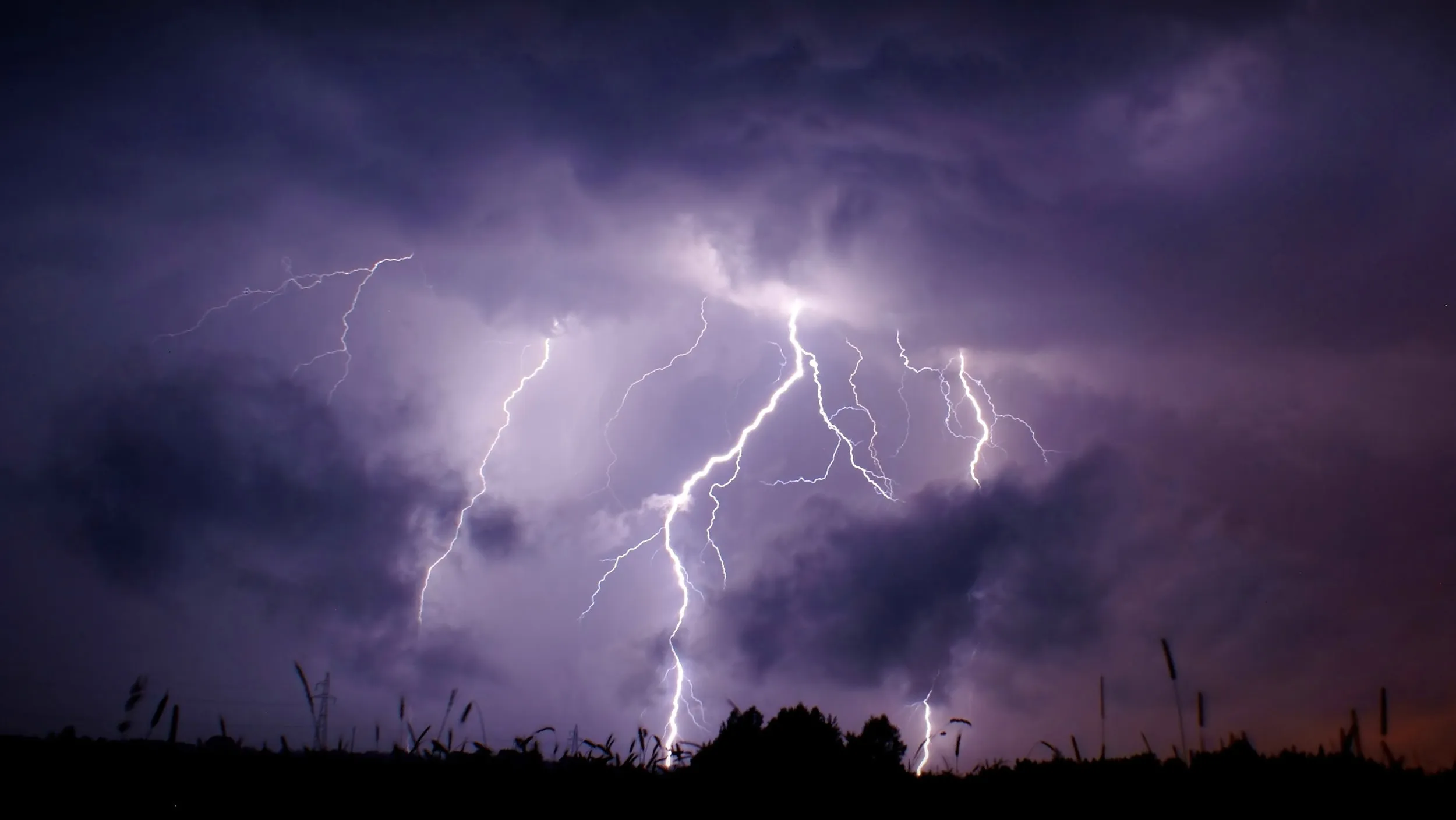Become a wild weather wizard
The experts that measure the weather and who try to predict whether it will rain, shine, snow or hail are called meteorologists.

But you don’t have to be an expert to become a weather wizard. We’ve put together some cool weather activity ideas for you to have a go at – we're sure you’ll find them a breeze.
Are you a teacher?
We’ve put together some ideas to get pupils outside, measure the weather and discuss how it makes them feel.
These activities are a chance for them to talk about how they experience weather through their superpower senses. Get them to listen, look, touch or even smell what’s going on around them. Pupils can then use these experiences to build vocabulary and have a go at expressive writing.
These activities support the following subjects: English, Health and Wellbeing/PSHE, Geography, Science.
Instructions
Become a human weather gauge
Step one: Use your super senses
- Use your senses to experience the effects of the weather.
- Listen to the sounds of the weather such as rain pattering and wind rustling leaves.
- Feel the effect of warm sunshine or cooling wind. Maybe you can smell a different smell after rain or find muddy puddles to squelch in.
- Watch the clouds – are there any shapes that look like objects or animals?
- There are lots of different types of clouds and they can mean different things for the weather.

Step two: Check your gauges
- If you've set up weather measuring tools like a windsock or rain gauge, check them to see what's changed.
- Want to build your own – see below.
Step three: Write it down
- Record your gauge info and make a note of anything interesting you spot in a weather diary. This could also include how the weather makes you feel, which wildlife come out in which weather or anything else interesting you find.
Step four: Mix it up
- See how the weather changes different places, you could travel to a woodland, a river, the park or the beach with your family. In the woods, you might find more leaves on the ground or broken branches if there's been a lot of wind. You might also notice that rivers or streams are higher or lower due to how much rain there has been.
Are you a teacher?
Why not try taking your pupils to different areas in the school? Ask your students if they feel any difference in the effect of the weather depending on where they are.

Make your own weather station
Meteorologists (weather scientists) measure the speed and direction of wind using instruments called anemometers. But we can measure it too, by making a simple windsock and rain gauge, see how below.
